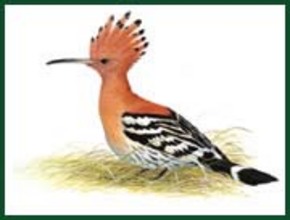Home
Actor/Spectator Home
Aristophanes' The Birds
Charlie Chaplin in The Immigrant
Menander's Perikeiromene
Frank Capra's It Happened One Night
Plautus'
Poenulus (Towelheads)
Bob Hope &
Bing Crosby in
Road to Morocco
Conclusion
Photo Credits
|
The Birds by Aristophanes

| The relationship between actor and spectator is an important one. They can interact a lot easier than the audience of a movie. It almost becomes part of the play for the actor and spectator to interact. The actor is able to build a type of relationship with the audience. Their actions and words can work together to help bring the audience into the play. |
 |
|
The easiest way for an actor to involve the audience in with the play is through asides. An aside is ' a piece of dialog intended for the audience and supposedly not heard by the other actors on the stage.' (www.dictionary.com). Another good way for the actor to involve and interact with the audience is through role playing. Role playing is the best way to involve the audience directly.
|
It seemed that as our group talked about Birds in terms of actor/spectator interaction, we all agreed that it was important to the success of the play.The way plays were set up in Aristophanes' day, the act of the chorus was to involve the audience or spectators. Although the chorus is not part of the main acting parts, they still play an important role because of the simple fact that they do involve the audience.
|
|
A good example of the chorus “talking” to the audience and involving them is the first parabasis of Aristophanes’ Birds. Here the chorus stops the show to tell the story of how the birds were born into the world. Although the story itself is not a part of the actual play, it is an important part to the understanding of the play. The interaction between actor and spectator is integral to the running success and the understanding of the play.
|
As we were discussing our topic of the performer/audience relationship, Brittany felt that the role of the chorus is very similar to the role of a supporting actor/actress. They are there to help the flow of the play, but also have a side story to add interest. Kate felt that the role of the chorus was to get the audience/spectators to relate to them and their story by involvement, but not necessarily direct involvement.
|

|

|

